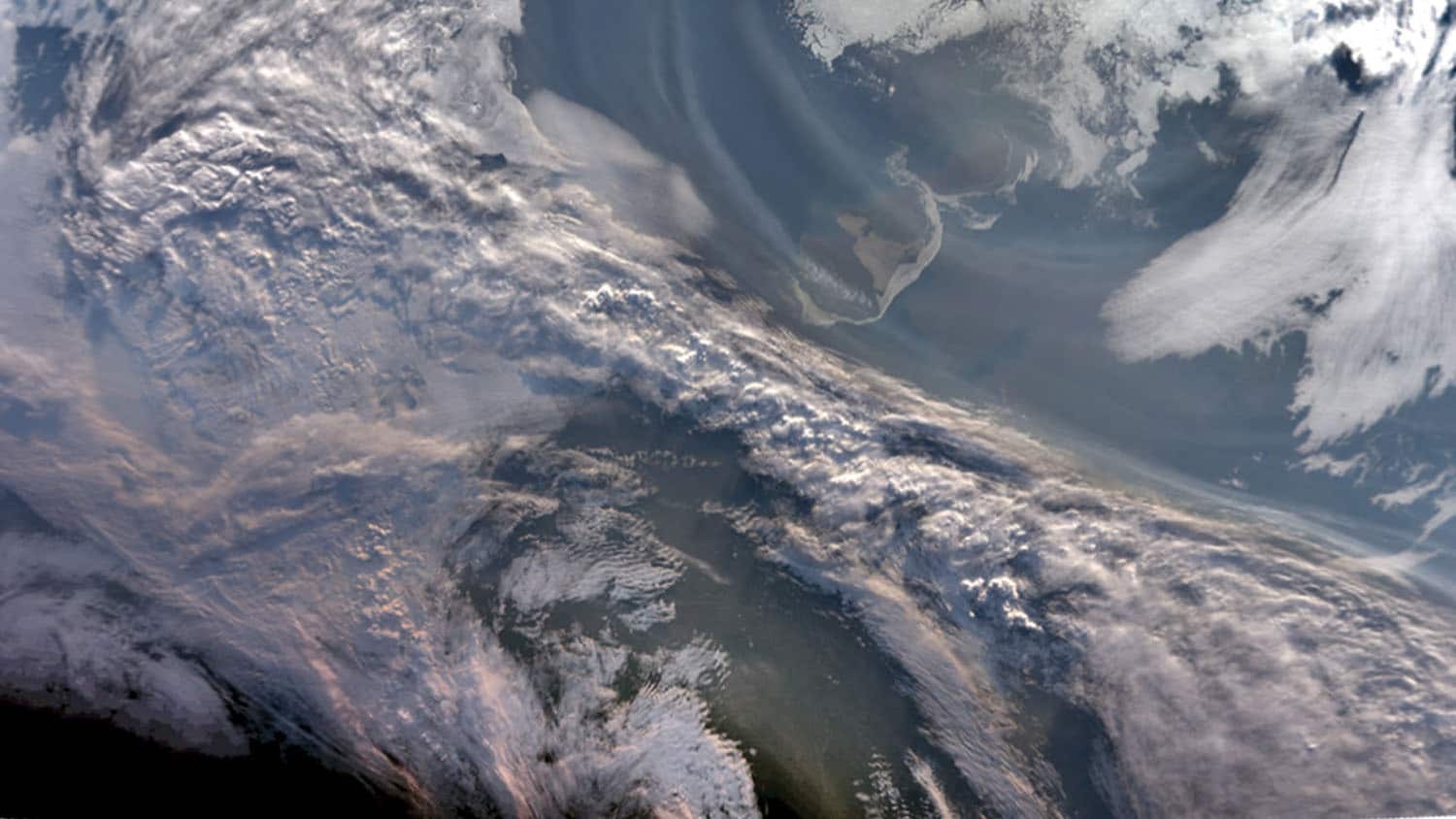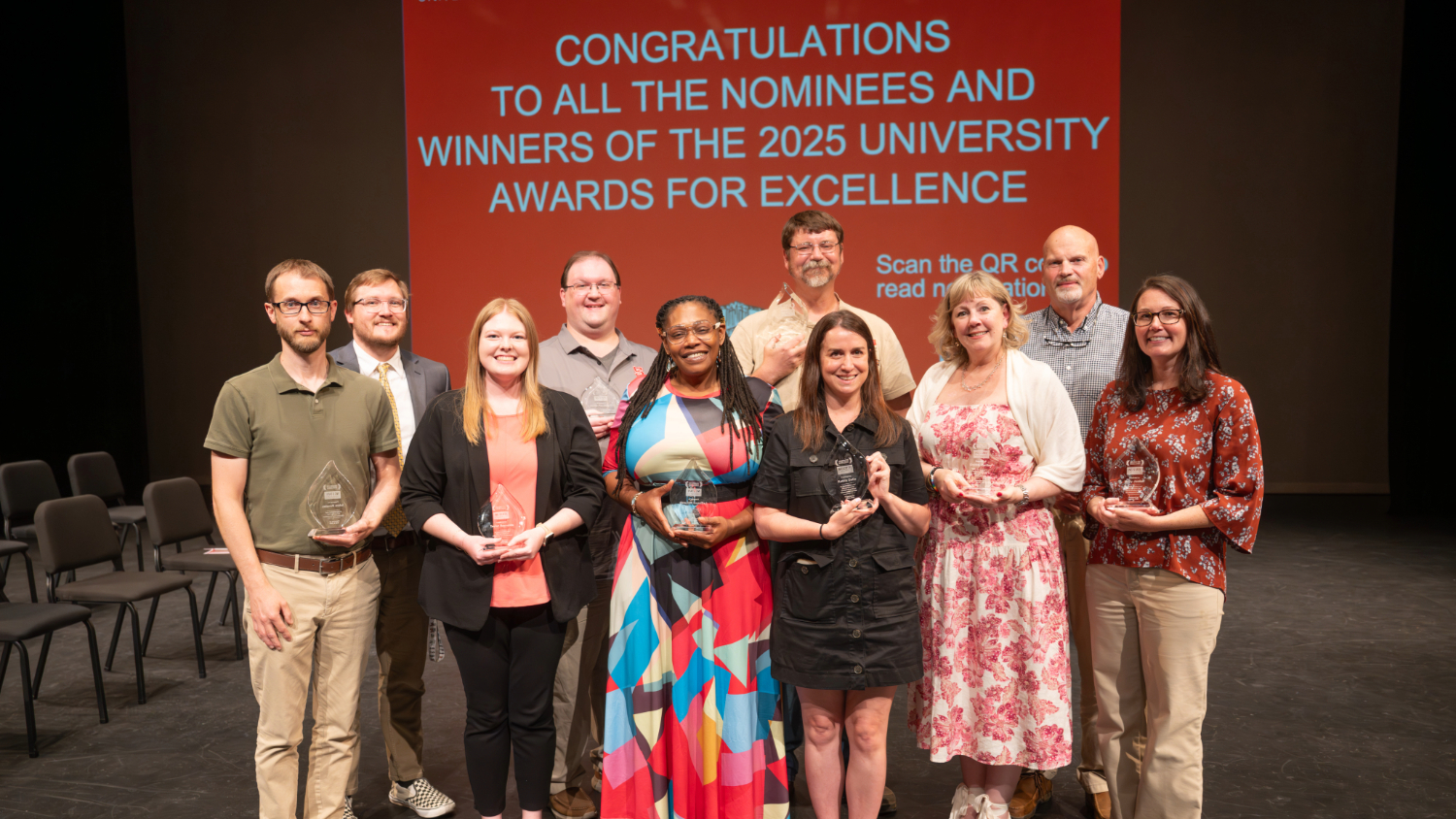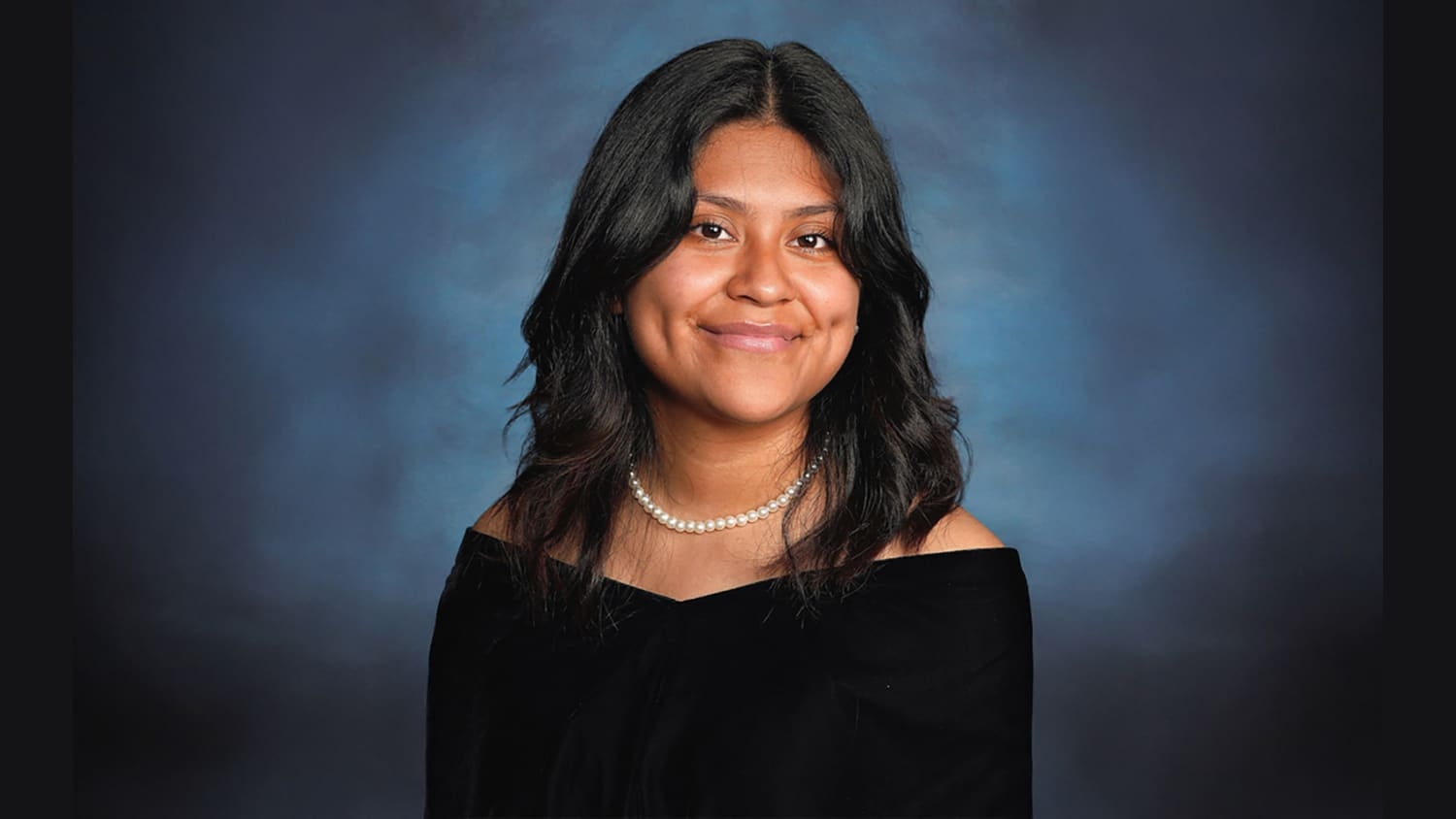The Future of Science
The new College of sciences brings together a diverse group of researchers to make world-changing discoveries.
Statisticians and geneticists using the power of data to keep us healthy.
Physicists, mathematicians and marine scientists gaining new knowledge about how water flows through the ground. Chemists and microbiologists developing new therapies for infectious diseases.
Collaborations like these will help society meet today’s grand challenges — energy shortages, illness, hunger, climate change and environmental degradation. These challenges are so vast that explanations of their causes and effects sprawl across a broad array of fields. Solving them means bringing together people with lots of different skills and uniting toward a shared goal.
College leaders are aiming at a single target: To create the finest College of Sciences anywhere.
NC State’s new College of Sciences, which launched on July 1, was created to enable this type of world-changing work. The new College brings together people and programs in the biological, physical and mathematical sciences.
By harnessing the power of interdisciplinary research and scholarship — as well as the talents of discovery-seeking faculty and students — College leaders are aiming at a single target: To create the finest College of Sciences anywhere.
“We can be the nation’s premier sciences research and education institution,” said Dr. Dan Solomon, the College’s inaugural dean. “And we have a plan to get there.”
Research = convergence + discovery
Achieving world-class status in the sciences means building on NC State’s strengths. The programs that came together to form the College have outstanding pedigrees of their own.
Programs in mathematics and statistics rank fifth nationally in research and development expenditures. The research doctoral program in genetics was ranked third among land-grant universities by the National Research Council. The comprehensive geosciences program is the largest in the Southeast, and one of the largest in the nation.
In physics, nearly 90 percent of tenured full professors have been elected to the prestigious rank of Fellow by the American Physical Society. Chemistry researchers routinely lead the university in producing commercially viable research in new pharmaceuticals, anti-infectives and advanced materials.
The new College is building upon these strengths in two ways. One is through “convergence science” that brings together people from different fields to tackle complex societal challenges.
The other is a “discovery” path that invests in pioneering researchers who confront the greatest intellectual questions at the foundational levels of science. In many cases, these discoveries don’t immediately lead to applications, but they expand knowledge and can prompt others to push forward into previously unexplored areas.
“The sense of wonder about the unknown is what draws many people into science,” Solomon said.“We want to encourage that type of curiosity.”
Work that matters
The College is focusing research on four key areas.
One is taking advantage of long-held strengths in the quantitative biosciences to improve human health. Researchers are also predicting and quantifying the future of our natural environment in ways that help society better understand life on this changing planet.
“The faculty we’ve been hiring are the missing pieces we’ve needed to go forward with some big research centers”
The College is also in good position to make some of those pioneering discoveries. Promising areas include organic and carbon electronics; biological macromolecular machines; and fluid mechanics in biological and environmental applications.
Then there’s big data, a term that has entered the public lexicon in recent years. Researchers in the College are transforming data into knowledge in ways that can address a wide array of societal challenges from personalized medicine to national security.
Fueling much of this research is the Chancellor’s Faculty Excellence Program, which is bringing in scores of world-class researchers to collaborate in interdisciplinary fields of study such as bioinformatics, data-driven science and geospatial analytics. Many of those hired so far are based in the College of Sciences.
These faculty cluster areas help the College gain an edge over other universities when going after big research grants. Funding agencies like the National Science Foundation and the National Institutes of Health are looking for proposals that harness the skills of a broad range of experts.
“The faculty we’ve been hiring are the missing pieces we’ve needed to go forward with some big research centers,” said Dr. Jackie Krim, associate dean for research in the College. “The whole is more than the parts.”
Students who succeed
Helping students succeed often means helping them find their career paths as quickly as possible. That means offering fascinating introductory courses that pique students’ interests in science fields, as well as using top advisors to get students on the right tracks.
The College has plans to do both, including collaborating with the College of Agriculture and Life Sciences on a Life Sciences First Year program in which students take a common set of courses that prepare them for any of NC State’s life sciences degree programs.
The College also wants to expand study abroad and research opportunities for all undergraduate students. These include developing interdisciplinary learning labs that coordinate real research with the activities of seminars and student clubs, as well as exploring opportunities for private companies with difficult technical problems to fund student research teams to help solve them.
“That’s when students come alive,” Dr. JoAnn Cohen, associate dean for academic affairs in the College, said of the labwork. “And when you talk to scientists, they say, ‘That’s when I figured out what I wanted to do.’”
At the graduate level, the College is placing increased emphasis on boosting diversity among its master’s and doctoral students. Creating new doctoral programs around interdisciplinary research clusters is another of its goals. Instead of being housed in an academic department, each cluster would be autonomous.
“Fifty years from now, the hot topics will not be what they are today,” Krim said. “So our programs can flex to adapt to that.”
The public face of science
Outreach has always been a big part of NC State’s science mission. The Science House K–12 outreach program, which is part of the College, serves 5,000 teachers and 35,000 students each year.
But the College wants to do more. Advances in communications technology — social media, blogs, easy-to-create audio and video — enable scientists to instantly transmit their work to a worldwide audience. To capitalize on these resources, scientists need to be skilled writers, editors and speakers who can communicate their work to everyone from children to policy makers.
A key public-science ally is the NC Museum of Natural Sciences
Researchers in the College are already gaining notice for their outreach work. For example, Dr. Rob Dunn in the Department of Biological Sciences is leading a five-year, $7.3 million “citizen science” initiative recently awarded by the National Science Foundation.
A key public-science ally is the NC Museum of Natural Sciences, which shares several faculty with the university and is the state’s top tourist attraction among museums and historic sites. The museum would be a key player in a proposed Center for Public Science based at NC State that would get students heavily involved in science communication and engage the public in doing science.
But reaching out means more than engaging the public. It also means creating a culture of entrepreneurship among faculty, staff and students that encourages the transfer of research innovations to the marketplace and the public sector.
Developing a close partnership with the NC State Entrepreneurship Initiative can help achieve these goals, College leaders say. So can building more relationships with companies that provide internship opportunities.
Space matters
Creating a College that encourages interdisciplinary relationships means creating welcoming spaces that encourage collaboration. In traditional academic settings, faculty and students from one department work together in one building, while those in other departments work in others, even if their work is closely related.
Building more interdisciplinary spaces is among the College’s goals. Atop the wish list is an interdisciplinary science education and research building that would stand near the campus Brickyard on land currently occupied by Harrelson Hall, which will be torn down over the next few years.
As envisioned, the building would include high-tech, flexible laboratory facilities, a Science Commons gathering space, and classrooms with flexible space and advanced learning technologies.
Building more interdisciplinary spaces is one of the College’s goals
The building would anchor a research and education “neighborhood” for the sciences that also contains Broughton, Cox and Dabney Halls.
But building new facilities in an environment where state funding continues to shrink is challenging (NC State’s share of the most recent state budget cut was $21 million). So finding new ways to secure funding — including support from private donors — will be a big part of the College’s strategy toward achieving world-class status.
“The foundation for success is in place,” Solomon said. “Now we just need to get it done.”


